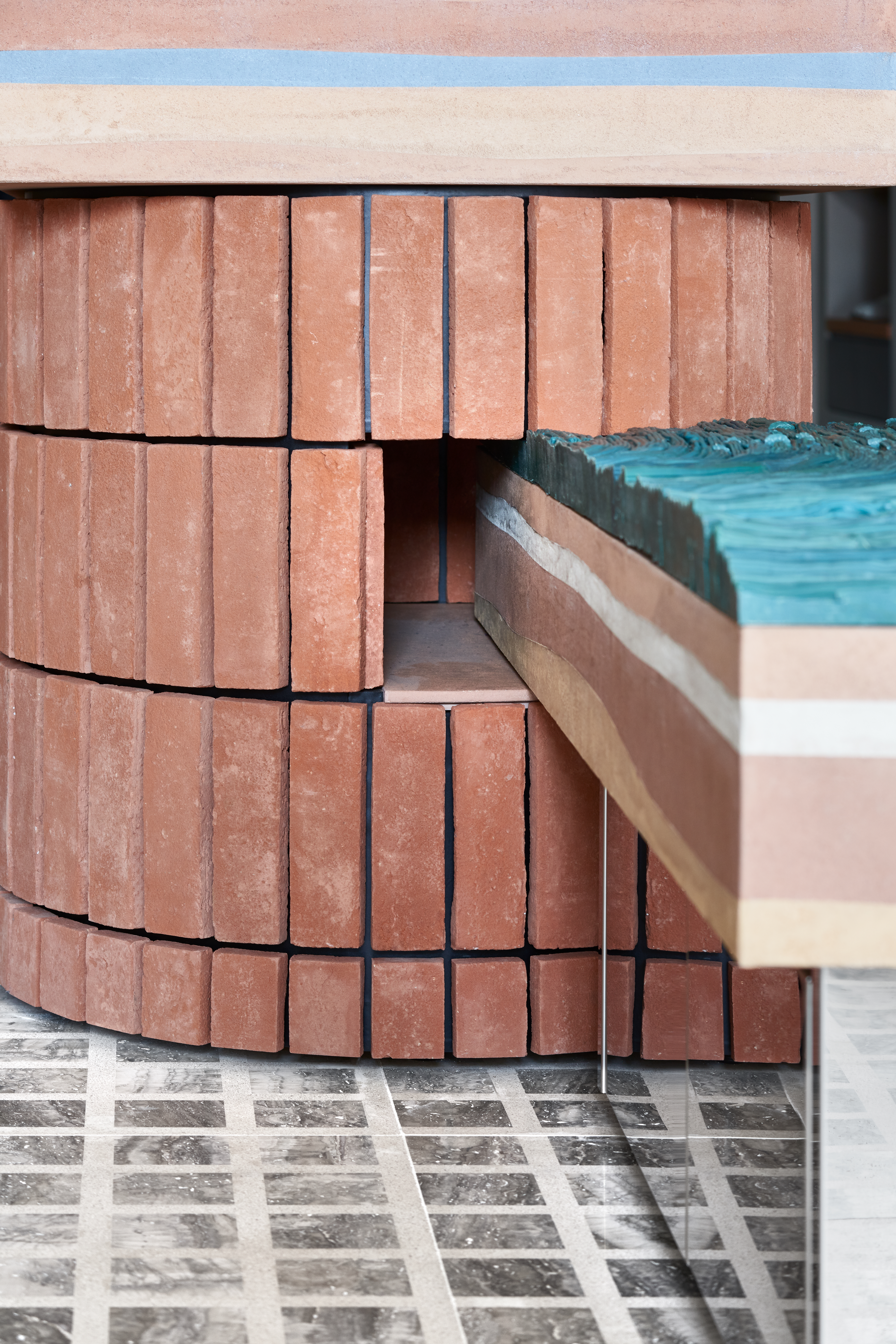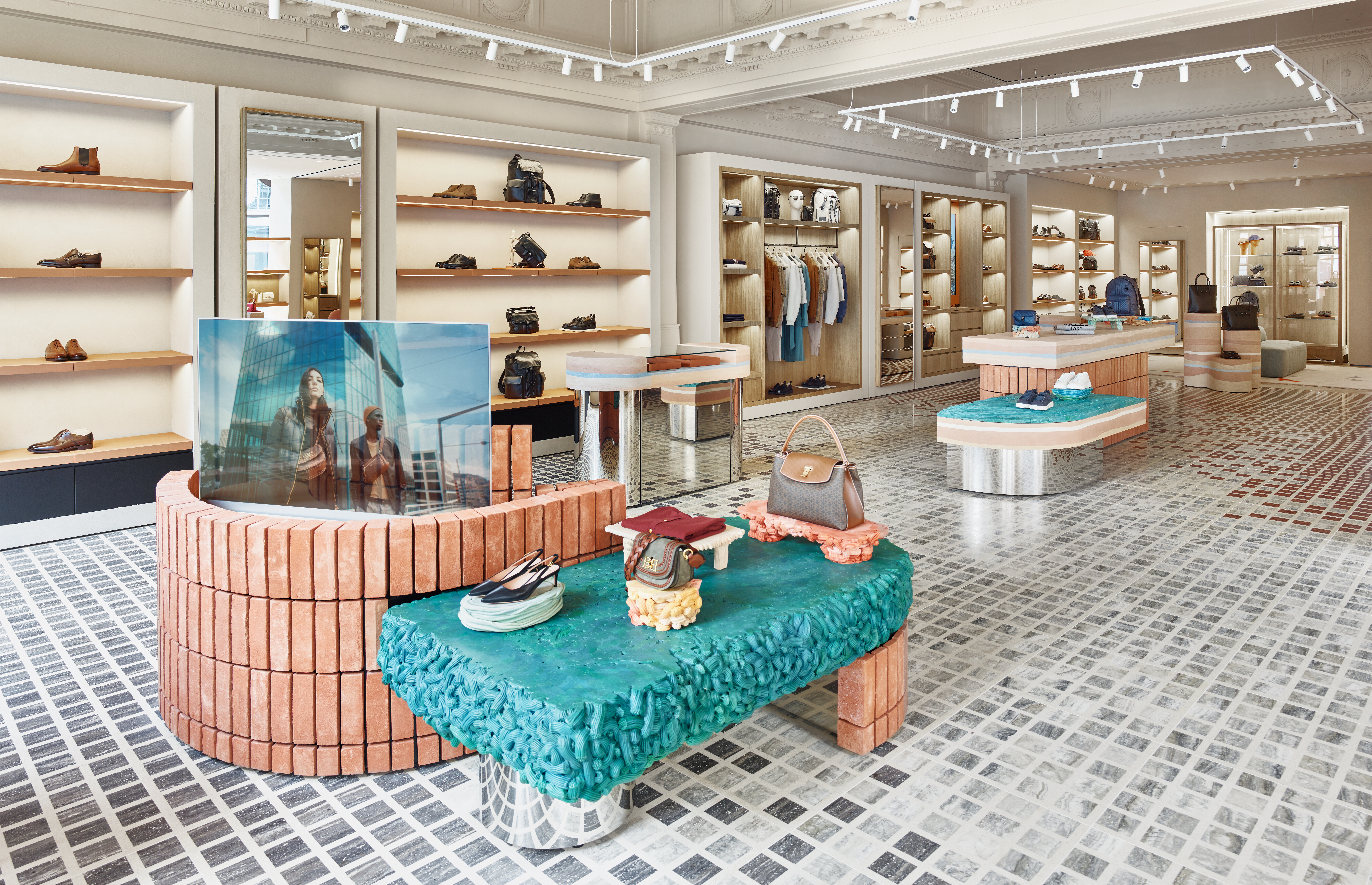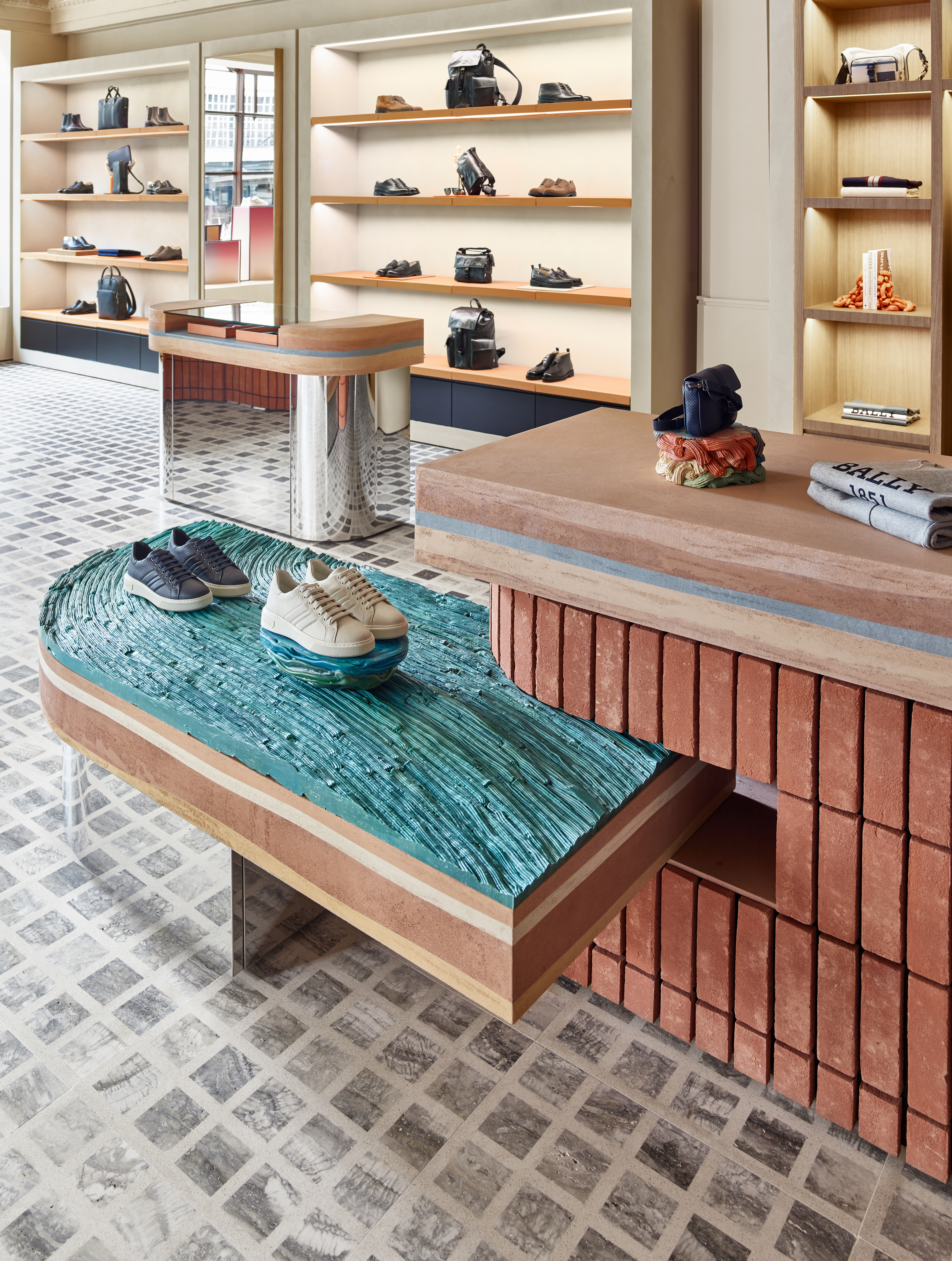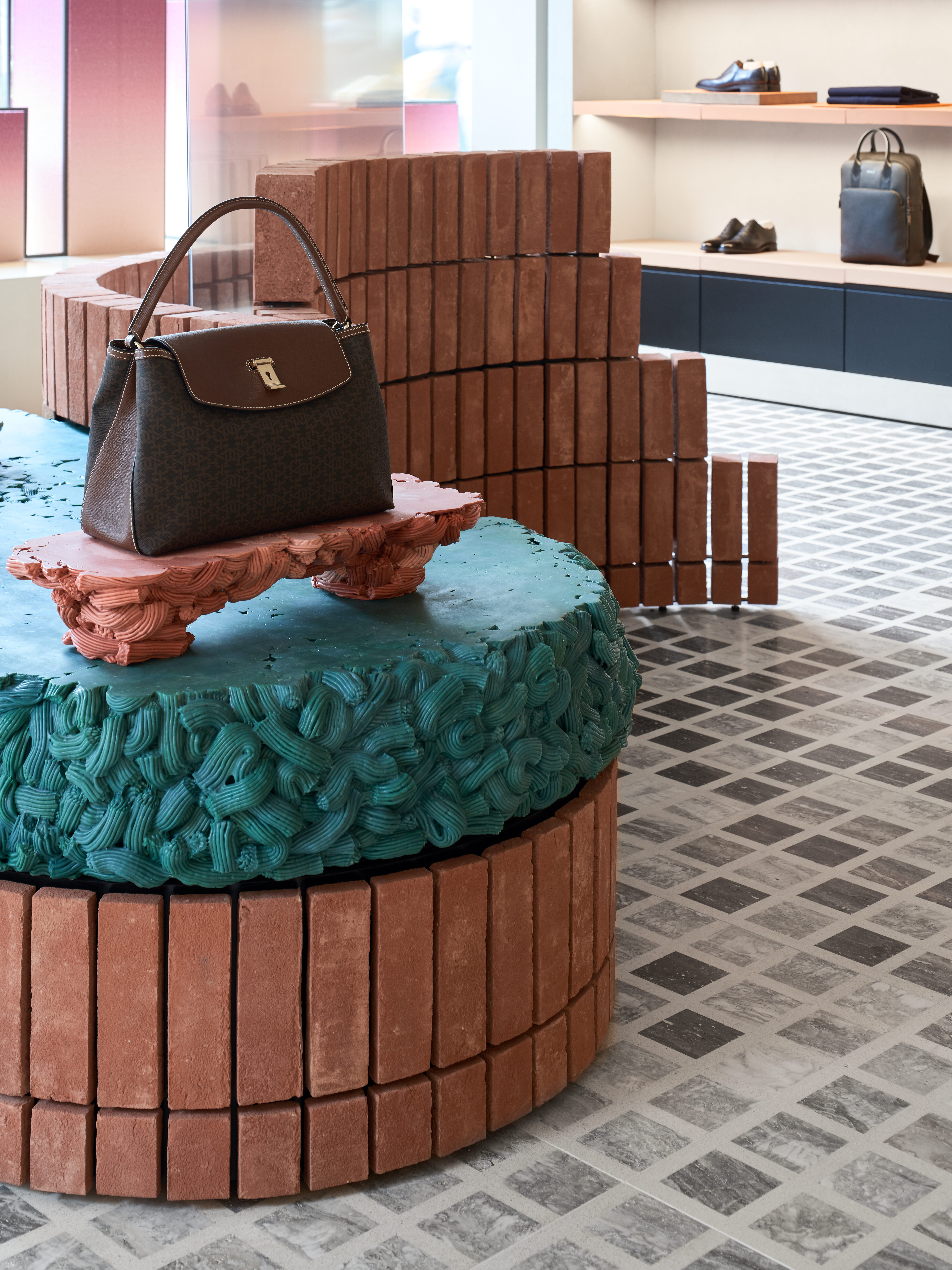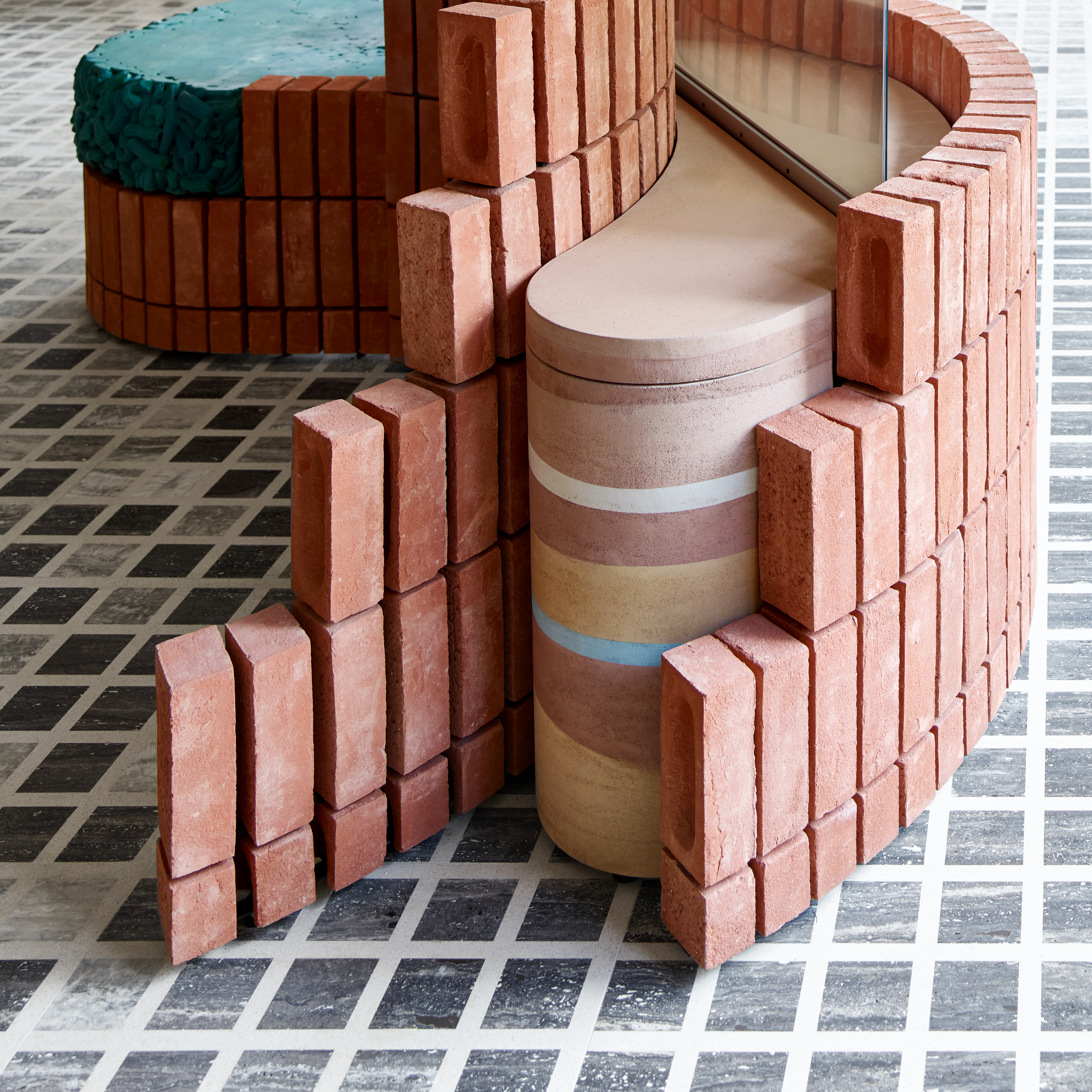| Company Details | |
|---|---|
| Company Name | Seen Displays |
| Address | 7th Floor The Tea Building 56 Shoreditch High Street London United Kingdom Map It |
| Name | Angharad Rafferty |
| Job Title | Creative Partnerships Manager |
| Email hidden; Javascript is required. | |
| Phone | 07891043148 |
| Role of this organisation in the project being entered | Design and Production Agency |
| Category |
|
| Name of organisation entering the Awards (if different from above) | Seen Displays |
| Role of this organisation in the project being entered (if different from above) | Design, Production & Installation |
| Project Name (written how it should appear) | Bally Haus London |
| Project Address | Bally, 106 -112 Regent Street W1B 5NL London United Kingdom Map It |
| Client Name | Bally London |
| Designer/Architect Name | Seen Displays |
| Contractor Name | Seen Displays |
| Project Description | Bally’s new London flagship on 106 -112 Regent Street is located on the city centre’s famous thoroughfare and housed in a historic Regency building. Boasting a columned façade and windows framed by antique trim, the boutique sees the latest installation of the global Bally Haus concept, driving synergy among the company’s retail outposts. The dynamic Bally Haus concept spans 400 square metres, merging the brand’s Swiss pillars with creative cues from London’s landscape and commissioned artwork from local maker James Shaw. Celebrating Bally’s 170- year heritage, Bally Haus honours the brand’s Swiss pillars of art, architecture and craftsmanship through contemporary design and natural materials. First launched in September 2019 on Milan’s Montenapoleone, Bally Haus’ experiential environment offers new ways of shopping with a multi-functional format that lends itself to cultural programming, including film screenings, panel discussions and exhibitions. Conceived in collaboration with Bally’s incredibly talented team we designed a range of furniture and mid-floor fixtures that tells the story of London’s foundations and future innovations. A prevalent design theme centres around London clay, which forms the bedrock of the Thames underground to the building blocks of the city’s iconic landmarks above ground. From the bricks which built the city, to the stability which allowed tunnelling for the London Underground, the seam of geological clay beneath London has been essential to its development. As well as facilitating architectural innovation, London clay forms the banks of the River Thames, providing the city cultural and technological growth over its history. A focus on materials creates an open, flexible space with visual contrasts, a central Bally Haus feature. Light and dark marble flooring meets earthy, red stones, terracotta shelving displays and natural millwork. At the store’s entrance, an expansive LED screen introduces unique 360 content for digital campaigns and collections. The overall colour palette across the brick, rammed earth effect, and recycled HDPE/PP was inspired by the London-born, J.W Turner and his impressionist paintings of the Swiss Alps. With abundant natural light filling the store, the palette celebrates nature intertwining with the man-made and celebrates the Swiss/British relationship. “London has always been such an important fashion capital for creativity and culture. Bally Haus London hopes to fulfill new post-pandemic needs with a multi-functional space that engages local artists to give a second life to repurposed materials – offering new ways of seeing old things - while providing an experiential environment that embraces the excitement of discovery.” Bally Haus London opened its doors on July 13th with a project cost of £200k. |
| Materials Used | The store was designed to celebrate London’s history and to reflect the forward-thinking nature of the city. The narrative behind the design focussed on London and its foundations. London is built on stiff sedimentary London Clay which supports our tunnels and underground system. The foundation of London as a city then inspired the foundations of our mid-floor fixtures which are created out of the durable, classic London Brick and rammed earth representing the strata of materials beneath the store and physically representing the ground that the Regent Street store stands on. To honour the progressive character of London as a whole and the artists and materialists who live and work in the city, a layer of innovation sits above the classic rammed earth and London Brick materials. We partnered with materialist James Shaw who is a designer and maker who specialises in creating furniture and objects from hand extruded waste HDPE plastics. This progressive layer made up of fixtures toppers and visual merchandising pieces were put into the design of the store with the idea of evolution taking place throughout the store’s lifetime. Representing the evolving nature of London, we will partner with different sustainable materialists to take over these areas of the store. Along with celebrating London, the store also takes inspiration from Bally’s original Haus concept in Milan where dark marble flooring meets earthy red stones, terracotta shelving displays and natural millwork. |
| Sustainability | We designed the store with the aim of building new partnerships and creating developing relationships with members of the local design community, particularly those who develop sustainable materials, whether they are biomaterials or repurposed man-made materials. For the opening of the store we partnered with materialist James Shaw who specialises in repurposing local waste plastics through a method of hand extrusion. The elements of the store that were created by James Shaw will be updated from time to time. Always partnering with materialists from London, not only will this evolution represent the progressive and forward-thinking nature of London as a city but also the advancement in the production and creation of sustainable materials. These semi-permanent toppers sit atop hardy and permanent materials like London Brick and rammed earth which are inherently sustainable due to their longevity and durability. |
| Issues Faced | Whilst deciding which materialist to partner with for the opening of the Bally flagship on Regent Street was no problem at all, we did face a few issues creating the specifics for the store. When designing we took inspiration from J.W. Turner. For James Shaw to create pieces that really colour matched the palette took a lot of experimentation. Through rounds of experimentation, we finally achieved the correct teal colour which was to feature in the store, however, we then faced the issue of really creating consistency throughout the whole layer above the mid-floor fixture. Another issue that was faced was the scale of the topper for the mid-floor fixture. Smaller pieces like the footwear risers and bookends were well within James’ usual remit, however, the topper for the mid-floor fixture was one solid piece purely created from his unique process of hand extrusion made from high-density polyethylene and polypropylene and therefore had to be handled extremely carefully. |
| Additional Comments | Over the coming weeks, the store will exhibit sculptural pieces by London-based artist Zuza Mengham. Rooted in a preoccupation with abstracted form, materials and their stories, her work explores the connection between traditional crafts and new methods of making, reflecting a symbiosis to Bally’s longstanding commitment to craftsmen. This is the beginning of 'Bally Art Trail' which will kick off during London Craft Week 2021, initially Zuza's work will be shown in-store with other local artists to follow. |
| Video Link | vimeo.com |
| Supporting Images |

